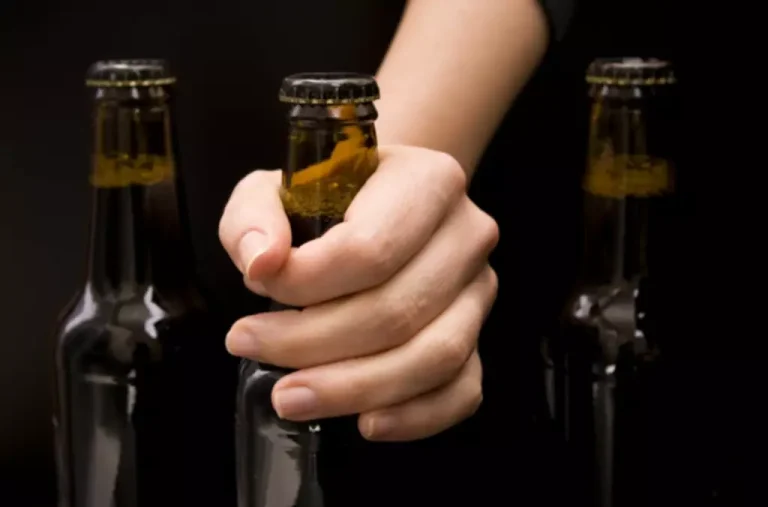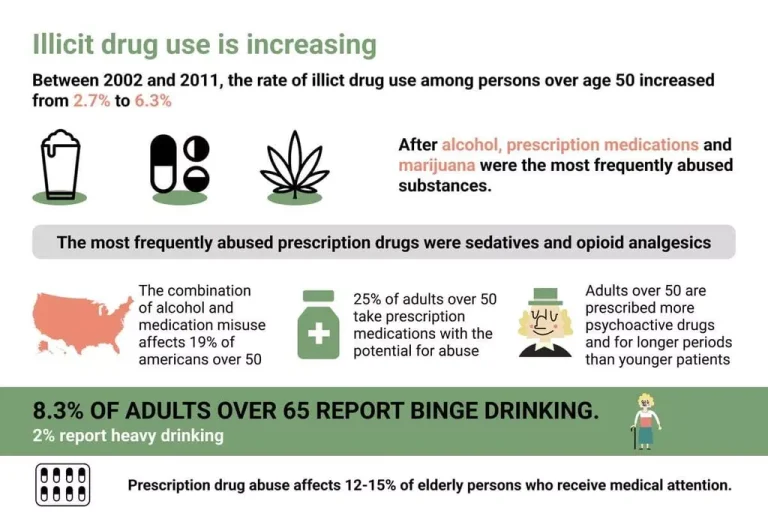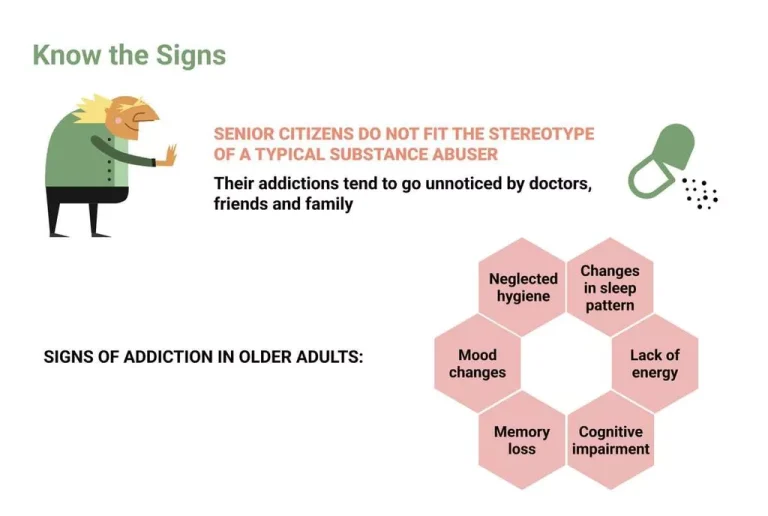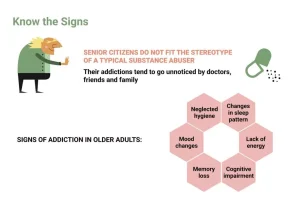There are a wide variety ofcontrol measures to reduce transmission of these infections throughattacking the vectors or the reservoirs of infection. Mostinterventions require a good understanding of the vector orintermediate host, its life cycle, and the environmental conditionsthat it requires to propagate infections. Residual insecticide on the walls ofhouses offers relatively little direct protection to those in thetreated household, as the mosquitoes take up the insecticide whileresting after a blood meal.
Post-Crash Care
- However, attempts to reduce diarrhoeal diseases and respiratory infections through the promotion of hand-washing with soap have produced encouraging results.
- The Surgeon General suggests this explanation in a report on smoking cessation (U.S. Department of Health and Human Services, 2000).
- Piaget emphasized the importance of peer interactions in cognitive development, suggesting that collaboration among students can lead to deeper understanding and intellectual growth.
- More recent bans on smoking in restaurants, work sites, and public places cannot explain much of the historical trend.
- Most of the economic studies of these restrictions find large impacts on consumption, particularly as the regulations become more comprehensive.
- In all cases where the data were measured, awareness of cardiovascular disease risk rose in the treatment cities compared to the control cities.
In order to plan an effective and impactful intervention, you must first identify what it is you wish to achieve. The outcome you decide upon should ideally be monitorable, so that you can demonstrate the impact of the programme. At this stage, it may also be worth discussing any previous interventions you’ve used in order to unpick their success rates. If we prioritise interventions within the teaching and learning policy, then they’re more likely to have a sustainable impact. It might be that a child is displaying concerning behaviour, and is falling behind academically, so each intervention needs to address each individual’s specific areas of need. Nursing interventions are designed to address the specific needs of each patient, family, or community.
Behavioral Intervention Teams: Enhancing Campus Safety and Student Support
- People had to act on it—for example, by cutting out foods high in fat or cholesterol or visiting the doctor—or consciously recognize that they were not going to do so.
- You will probably revise the model periodically, and that is precisely one advantage to using a logic model.
- To achieve this, spotlight member stories on your website and in monthly newsletters to create a welcoming vibe.
- It is imperative that everyone involved is on the same page and has an appropriate plan.
- Each one is also straightforward to manage, with the potential to work as interventions in education.
- That’s why smart churches deploy secure online giving platforms for donations integrated with their website and mobile apps.
These studies canhelp to establish the dosage and frequency that are safe and necessaryto have an effect. These trials are designed to make an initialassessment of the safety and tolerability of the drug or vaccine in asmall number of, usually healthy, volunteers. Strategies for the use of such interventions include the masstreatment of entire populations or the targeted treatment ofidentifiable subgroups (such as school-age children) in areas wherethe infection is highly prevalent. Generally, such treatment isapplied for the benefit of the individuals treated, but theobjective may also be to reduce the transmission of the agent in thecommunity more generally.
How Might Teachers Plan Effective Interventions?
Throughout the sessions, consider how any members of staff involved will feedback on progress and target setting. And finally, when it comes to assessing outcomes, ensure you have collected tangible evidence of the intervention’s impact. This could be an increased reading age, or a journal created by the child, reflecting their increased understanding of strategies they can use to improve their wellbeing. Based on ongoing research, the NIC system provides a comprehensive list of standardized nursing interventions that can be used to address patient care needs, regardless of where they may live. Ultimately, the goal of nursing interventions is to improve the health and well-being of all people and the groups and communities they live within.
Interdependent Nursing Intervention Example
Cooperative learning strategies are teaching methods where students work together in small groups to achieve academic and social objectives. Each group member contributes to the task, fostering teamwork, communication, and problem-solving skills. These strategies are designed to improve learning outcomes, promote inclusivity, and encourage active participation. The main limitations of the evidence were the small numbers of people and lack of studies overall. We therefore have little confidence in the evidence because there were not enough studies to be certain about the results, and the included studies were very small; also, the evidence does not sober house cover all the people we were interested in. Further research, including large studies, is needed to better understand how precision nutrition interventions may be used in the treatment or management of overweight and obesity in children and adolescents.
Over the past few decades, efforts https://northiowatoday.com/2025/01/27/sober-house-rules-what-you-should-know-before-moving-in/ to revive the chestnut have centred on the development of a genetically modified blight-resistant variety. In 2020, the transgenic line Darling-58 was submitted for approval to US regulatory bodies. Containing the wheat-derived enzyme oxalic oxalate, which reduces fungal pathogenicity by inactivating oxalic acid, Darling-58 showed promising signs of resistance despite variable field performance.
When can a logic model be used?
If the intervention was a success, try to make time as a team to discuss why. Share the practice with the rest of the school, and consider whether the programme could be rolled out across other year groups. As a result, some interventions are targeted, and are put in place to address a certain weakness.
Notably, the intended effects on the zoom-in are identical to those on the global model and all major categories of activities are also apparent. But the zoom in unpacks these activities into their detailed components and, more important, indicates that the activities achieve their effects by influencing intermediaries who then move gatekeepers to take action. This level of detail is necessary for program staff, but it may be too much for discussions with funders and stakeholders. While the starting point for logic modeling is to identify the effects that correspond to stated goals, your intended effect are not the only effects to watch for. Any intervention capable of changing problem behaviors or altering conditions in communities can also generate unintended effects. These are changes that no one plans and that might somehow make the problem worse.
Dietary Change
They energize and rally support for an initiative by declaring precisely what you’re trying to accomplish and how. Yes, interventions involve budgets, monitoring, and data, but at the heart of every programme is the child. Effective interventions help today’s young people navigate whatever challenges they may face, and your role can be crucial in helping them to reach smoother seas.

.jpg)
.jpg)
.jpg)














